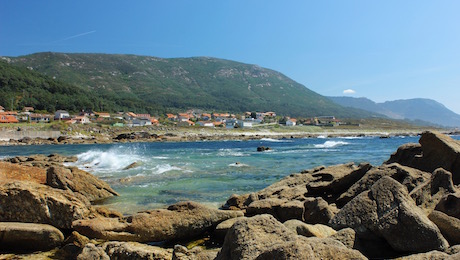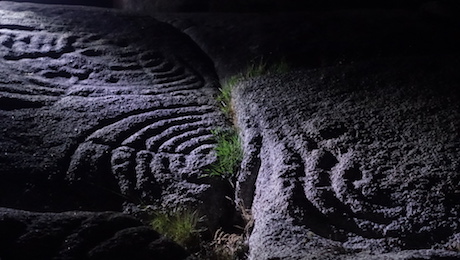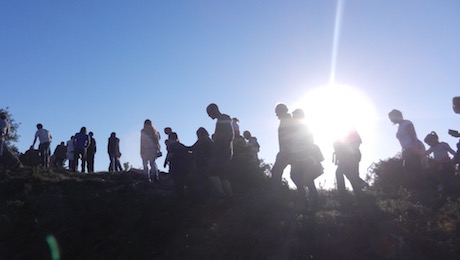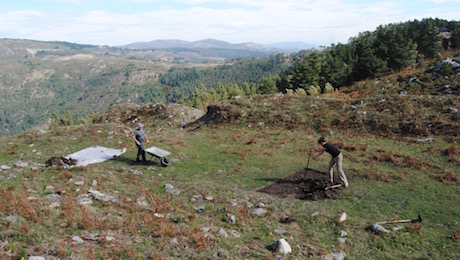As well as hillforts, Costa dos Castros is dotted with enigmatic rock carvings which extend even further back in time into the Bronze Age, including one that captures the moment a Mediterranean boat arrived here on the Atlantic coast. Help us preserve this unique testimony of ancient seafaring!
Dating rock art is not a simple task. However, the scientific consensus is that most of the carvings (petroglyphs) in Galicia were made during the Bronze Age, although some could have been made earlier or later. Harder still is to find out why these mysterious petrified messages were made.
Throughout the Bronze Age, society gradually became more sedentary, thanks to agriculture and animal husbandry. Maybe this was partly why it became more important for them to mark the landscape they had started to settle in.
However, despite being less nomadic, contact with other cultures was increasing through maritime trade. The similarities between petroglyphs along the seaboard from Spain to Scotland – the so-called Atlantic European rock art – may prove these international relationships.
Coast of the Castros and Carvings
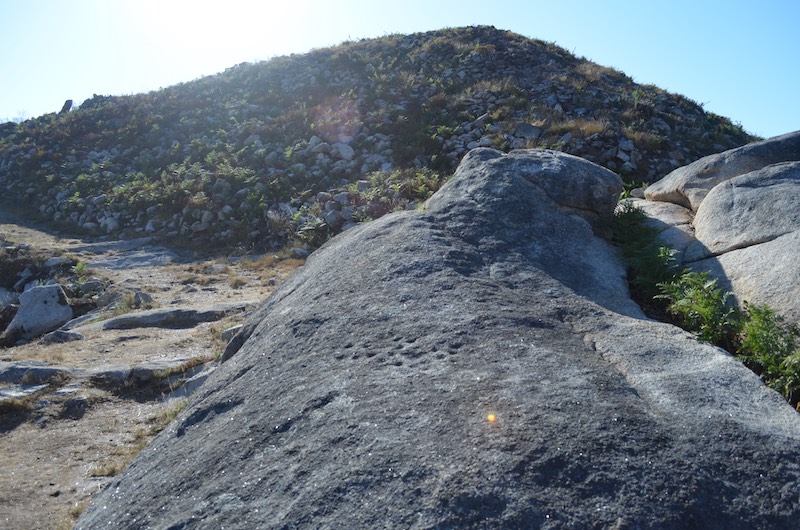
Southern Galicia and Costa dos Castros particularly have one of the highest and most interesting concentrations of Atlantic rock art.
There are approximately 120 panels in the hills of Costa dos Castros with over a thousand engravings, mostly located in prominent spots along the hillsides with excellent views of the coastline and Atlantic Ocean.
Approximately 80% of the rock art consists of abstract carvings, although some of them also represent animals, people, and boats too…
Auga dos Cebros, a testimony of ancient seafaring

There are many remarkable petroglyphs at Costa dos Castros, although this one is truly unique. The Auga dos Cebros panel bears a prehistoric depiction of a Mediterranean boat unlike any other rock art along the Atlantic seaboard.
Its similarities to Aegean models from 2,000 BC and other Mediterranean boat depictions means that this petroglyph is key to understanding ancient maritime relationships.
Archaeological evidence of trade with the Mediterranean has been found in many sites in Galicia. One of them is A Cabeciña, an Iron Age hillfort at Costa dos Castros, where recent excavations have uncovered Punic pottery and a bronze axe that was probably used for exchanging with foreign goods.
Trade of these objects most likely happened after the rock art was made, although researchers are finding more and more evidence that trade with the Mediterranean started much earlier than was once thought.
A Cabeciña, exchange of things and ideas

A few metres away from the entrance to this hillfort, is another of Costa dos Castros’ most mysterious rock art panels. Its main feature is a large flat rock completely covered in semi-circular and oval-shaped engravings.
What is most peculiar is that these semi-circular shapes are different from any other rock art in Galicia. In fact, researchers have found more similarities with engravings in megalithic chambers in other parts of Atlantic Europe, such as Gavrinis (France). This could mean that not only goods were transported by sea, but ideas too.
Help protect the petroglyphs
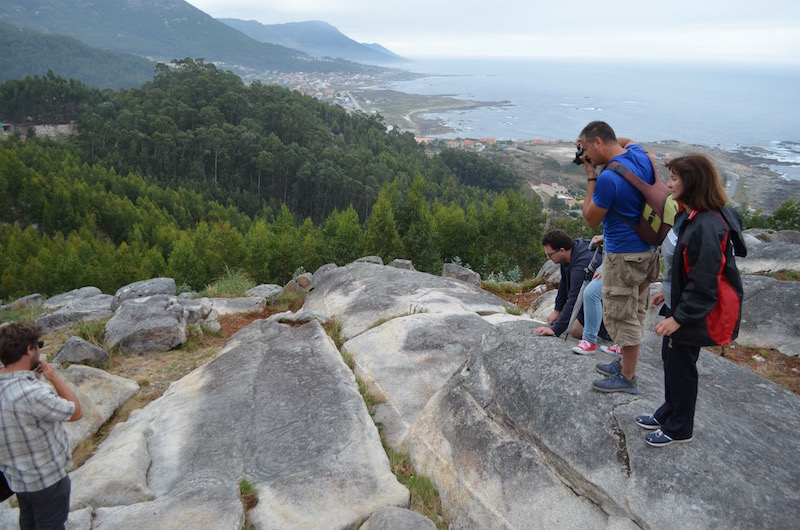
Horses, deer and stags; humanlike figures with abnormally large hands, milling basins, Roman board games… These are just a few more examples of the rock carvings found (so far) at Costa dos Castros and which a few eager researchers have painstakingly recorded after many, many hours exploring the area on foot.
Unfortunately, despite being set in stone, rock art doesn’t last forever. Erosion is caused by a number of factors, such as weather conditions, sea salt blown in from the Atlantic, fluctuating river courses, vegetation growth and forest fires.
The good news is there are a number of things we can do to prevent further damage: find and record new petroglyphs; clear the vegetation near the panels; and make the panels more accessible to the public which will increase awareness and also guide visitors to protect the rock art.
With your help we can work to safeguard these mysterious carvings and continue to ponder on their use and meaning for years to come.
